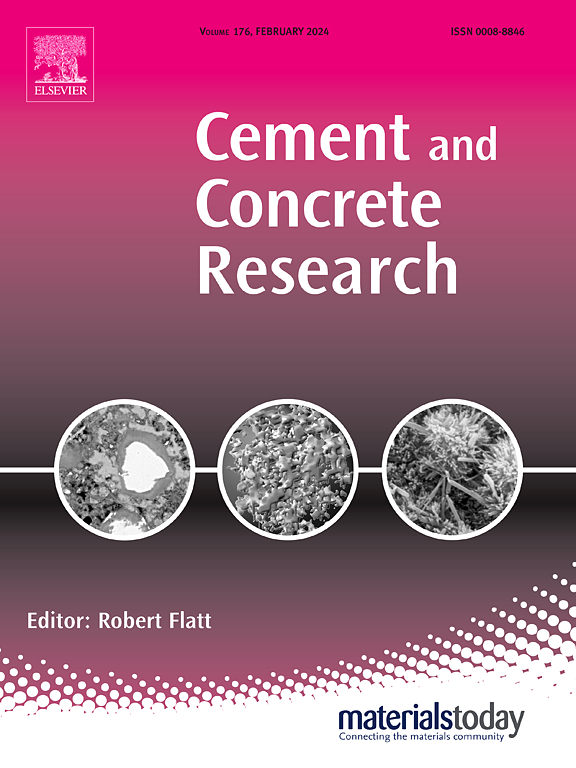Automated experimentation for evaluating cement dispersant performance
IF 10.9
1区 工程技术
Q1 CONSTRUCTION & BUILDING TECHNOLOGY
引用次数: 0
Abstract
An automated experimental system enables precise evaluation of cement dispersant performance through rheological measurements of 230 mL mortar samples. Analysis of 129 mortar samples demonstrated comprehensive characterization of dispersant effects beyond traditional manual testing capabilities. Principal component analysis revealed distinct patterns in torque measurements, explaining the variance of the pattern and effectively capturing dispersant performance differences. The automated system achieved superior reproducibility with 7% coefficient of variance, which can be considered as the inherent variation of materials. Observation-informed learning extended the system's utility, successfully predicting flow and bleeding rate. Results confirmed superior performance of third-generation polycarboxylate dispersants while providing new insights into dosage-rheology relationships. This automated approach establishes a framework for more efficient and comprehensive evaluation of cement-based materials.
评价水泥分散剂性能的自动化实验
自动化实验系统可以通过230毫升砂浆样品的流变测量来精确评估水泥分散剂的性能。对129个砂浆样品的分析表明,分散剂的综合特性超出了传统的人工测试能力。主成分分析揭示了扭矩测量的不同模式,解释了模式的差异,并有效地捕捉了分散剂性能的差异。自动化系统以7%的方差系数取得了优异的再现性,这可以认为是材料的固有变异。观察信息学习扩展了系统的实用性,成功地预测了流量和出血速率。结果证实了第三代聚羧酸酯分散剂的优越性能,同时为剂量-流变关系提供了新的见解。这种自动化方法为更有效和全面地评估水泥基材料建立了一个框架。
本文章由计算机程序翻译,如有差异,请以英文原文为准。
求助全文
约1分钟内获得全文
求助全文
来源期刊

Cement and Concrete Research
工程技术-材料科学:综合
CiteScore
20.90
自引率
12.30%
发文量
318
审稿时长
53 days
期刊介绍:
Cement and Concrete Research is dedicated to publishing top-notch research on the materials science and engineering of cement, cement composites, mortars, concrete, and related materials incorporating cement or other mineral binders. The journal prioritizes reporting significant findings in research on the properties and performance of cementitious materials. It also covers novel experimental techniques, the latest analytical and modeling methods, examination and diagnosis of actual cement and concrete structures, and the exploration of potential improvements in materials.
 求助内容:
求助内容: 应助结果提醒方式:
应助结果提醒方式:


